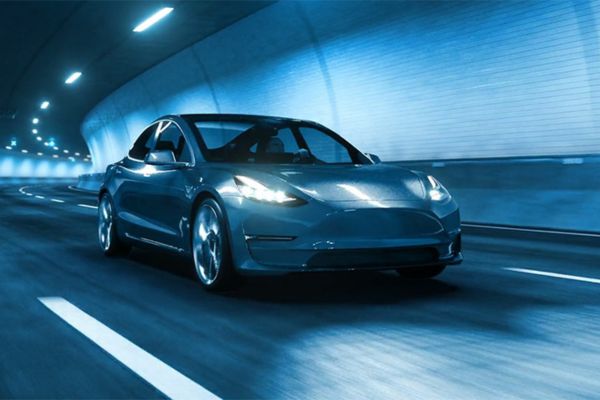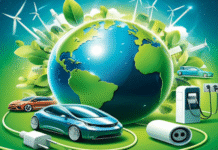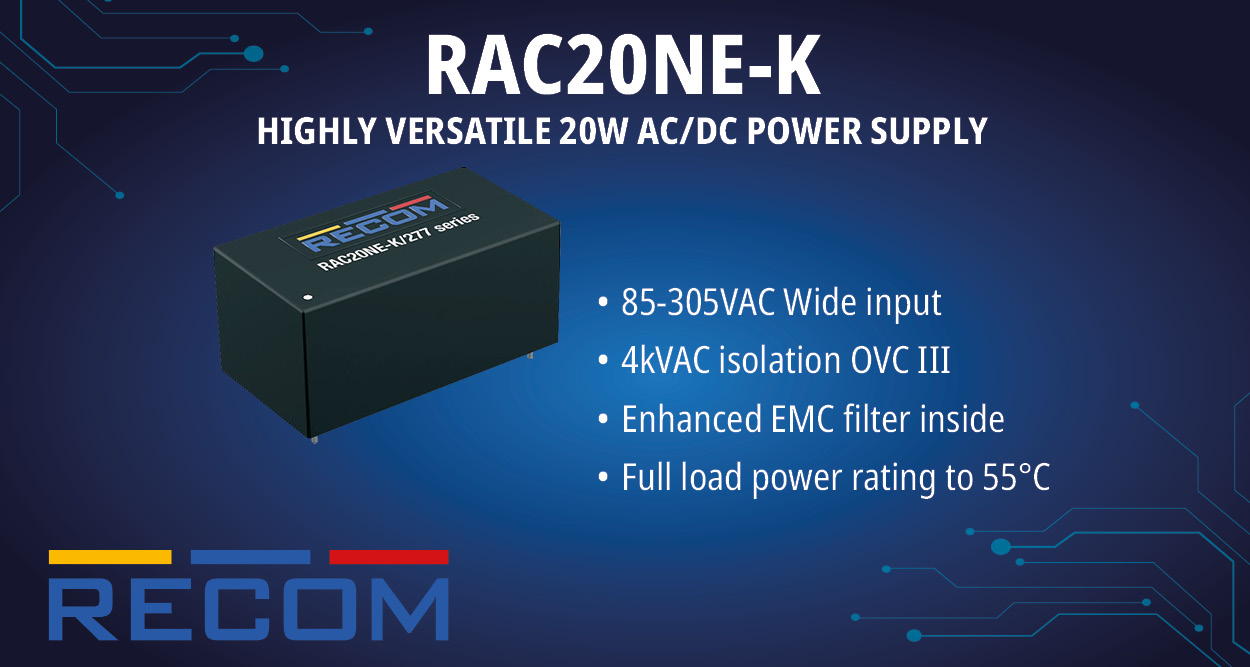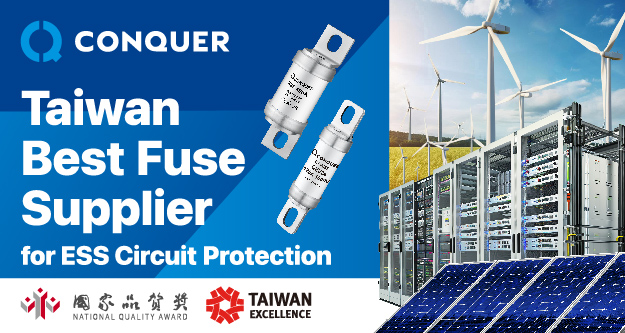The automotive industry is witnessing a rapid shift towards sustainable mobility solutions and rising adoption of electric vehicles (EVs). Vehicle-to-grid (V2G) technology plays a vital role in supporting this shift towards greener and sustainable transportation. As the world transitions toward sustainable mobility solutions and renewable energy sources, understanding the role of vehicle-to-grid technology is essential for the future of automotive energy systems.
What is Vehicle-to-Grid (V2G) Technology?
Vehicle-to-grid technology enables energy to be pushed back to the power grid from the battery of an electric vehicle. In basic terms, V2G technology enables EV batteries to charge and give back the energy to appropriate power grids. This smart charging technology enables EV batteries to become part of the electrical grid as an energy storage system, just like a power plant that provides electricity to businesses and homeowners when required.
Moreover, V2G technology supports bi-directional charging and provides a two-way communication between electric vehicles and the power grid. When an EV is plugged in, it can either draw power for charging or feed energy back into the grid. This exchange allows the vehicle’s battery to serve as a decentralized energy storage solution. The two-way energy exchange enables electric vehicles to act as mobile energy storage units and also assists in balancing electricity demand and supply during peak usage times.
The Benefits of V2G Technology
The vehicle-to-grid technology offers several benefits for the general public, businesses, and governments across the world. V2G technology can provide better energy reliability, cost savings, and a greener future for the general public. Similarly, businesses and governments worldwide can also gain significant benefits from vehicle-to-grid systems by harnessing them to optimize energy usage, decrease costs, and fulfil their sustainability targets.
- Enhanced Grid Reliability
As renewable energy sources including wind and solar power become more prevalent, ensuring grid stability can become more challenging. These renewable energy sources are typically known as intermittent resources, as their supply can fluctuate and it is not always stable. Vehicle-to-grid technology helps in stabilizing the grid by acting as a buffer. Electric vehicles can store surplus renewable energy during peak production hours, and further send it back to the grid when demand surpasses the supply, which ensures a more reliable flow of electricity. Additionally, V2G technology is capable of supporting grid resilience by increasing the ability to balance energy supply and demand.
- Lower Energy Costs
One of the primary benefits of vehicle-to-grid systems is that it enables electric vehicle owners to offset their charging costs. EV owners can decrease their charging costs or generate income by selling extra energy back to the grid during peak hours.
Similarly, businesses that are operating large fleets of electric vehicles can gain significant benefits from vehicle-to-grid technology. The integration of V2G system enables electric vehicle fleets to store electricity when the rates are low and further sell it back to the grid during peak demand. This strategy helps in reducing energy costs and increasing the overall operational efficiency.
- Renewable Energy Expansion
Governments across the world, who are constantly working to fulfil renewable energy targets, can leverage V2G systems for storing and distributing excess renewable energy. This further decreases the need for costly grid infrastructure upgrades while accelerating the adoption of cleaner energy sources.
- A Greener Planet
Vehicle-to-grid technology is accelerating the transition towards renewable energy by decreasing dependence on fossil fuel-powered grids, which supports worldwide efforts to combat climate change and reduce greenhouse gas emissions. By turning electric vehicles into energy providers, V2G technology can also encourage faster adoption of electric vehicles, in turn leading to fewer carbon dioxide (CO2) emissions.
- Advancing Sustainability Goals
Governments and businesses worldwide are increasingly focused on attaining carbon neutrality. The adoption of V2G technology enables governments and businesses to reduce reliance on fossil fuels and minimize their carbon footprint.
The Future of Vehicle-to-Grid Technology in Terms of Automotive Energy Systems
The ongoing advancements in vehicle-to-grid technology along with increasing adoption of electric vehicles and improved grid infrastructure are creating significant opportunities for V2G technology to become a key part of the energy ecosystem.
As more consumers and businesses switch to electric vehicles, the potential for V2G technology is expected to grow exponentially.
Implementation Challenges
Although the future of V2G technology looks optimistic, there are various challenges that still needs to be solved. The primary challenges include the need for widespread bi-directional EV charging infrastructure, grid compatibility, and consumer awareness among others. Automotive companies are focusing on advancements related to smart grid technology, and these advancements in combination with the growing support from policymakers, could derive the necessary solutions required to overcome the aforementioned challenges.
Conclusion
V2G technology is transforming the landscape of how we source power. Additionally, V2G technology stands as a key innovation in the shift towards sustainable automotive energy systems. V2G system’s potential to integrate renewable energy, support grid resilience, and provide economic benefits for consumers and businesses present substantial opportunities in the journey to a sustainable future. This technology-driven, integrated energy solution can support green energy targets, help fight climate change, and lead the energy transition to a cleaner world.

















